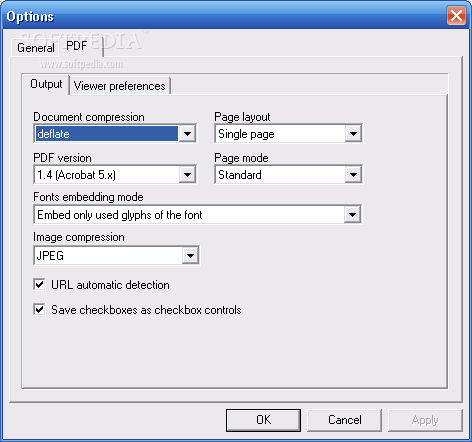
Adobe Systems is expected to present the next version of its Acrobat platform under the name Adobe 9 during the summer of 2008, and details the features of the new version began to surface, according to sources.
Adobe Acrobat is a platform to view, create, manipulate and manage files in Adobe PDF format.
The company offers only one version of Adobe Acrobat 9 for Mac users, professional sources. The company is curbing the standard version on the Mac with the next version. However, Windows users will always have the possibility to choose the Standard or Professional version.
In addition, users gain Acrobat to create forms that can be completed electronically by users. This capability was previously available in Acrobat Professional. But with Acrobat 9, this capacity will also be in the Standard version, the sources said
Adobe has also been put on the market a stand-alone version of Acrobat called Acrobat 3D, which is intended to architecture, engineering and CAD / CAM / CAE market.
Acrobat 3D allows users to take three-dimensional drawings and integrate them into PDF files. 9 for Acrobat, Adobe Acrobat adding that 3D technology to the professional version of the upcoming release, sources.
In addition, Adobe is adding a capacity routing forms of data collection in Acrobat 9, according to sources. Users can work with Acrobat for creating forms and Adobe provides a hosted service where users can route data.
A similar service is available from the company FormRouter, which says its hosted service to reduce costs, save time and simplifies the deployment of online forms. With the FormRouter service using Adobe Acrobat 8, form designers can enable Adobe Reader users to participate in document reviews, digitally sign documents and fill out and save PDF forms.
Adobe is also expanding its support real-time document markup. 9 Acrobat allows users in real time, review and mark documents in a shared space, sources. This is essentially the technology Adobe Connect, which was previously a product called Breeze Macromedia, Adobe, which acquired in 2005.
In addition to these new features and changes in product, which are among the greatest features new version, according to sources, Adobe has also made a number of changes in user interface and expanded graphics capabilities for users.
Acrobat 9 represents the next major version of Adobe Acrobat technology since 8 was published in November 2006.









 With a download size of less than 2.5 MB, Foxit is an extremely fast and light PDF reader with a virtually non-existent installation process.
With a download size of less than 2.5 MB, Foxit is an extremely fast and light PDF reader with a virtually non-existent installation process.



